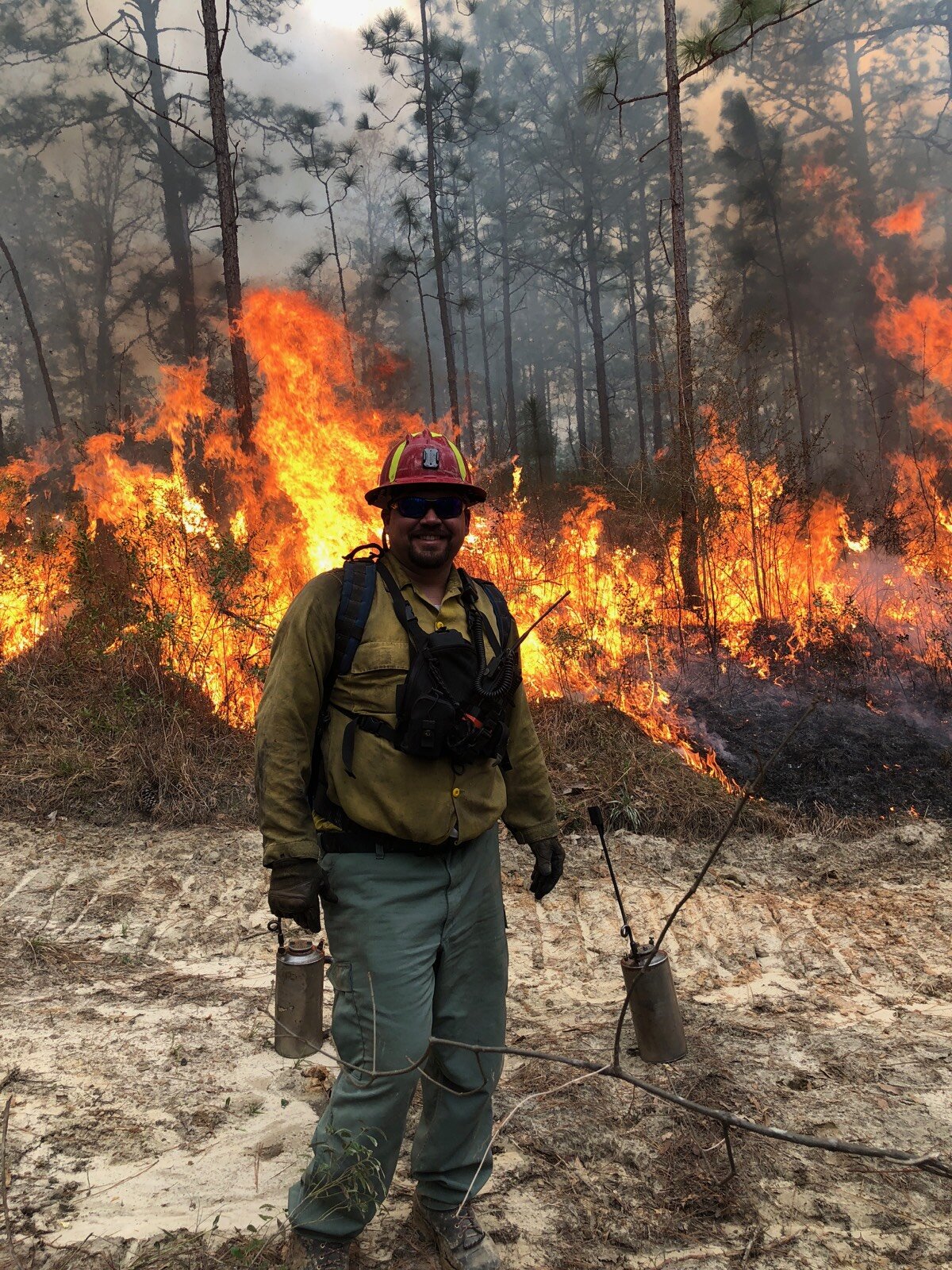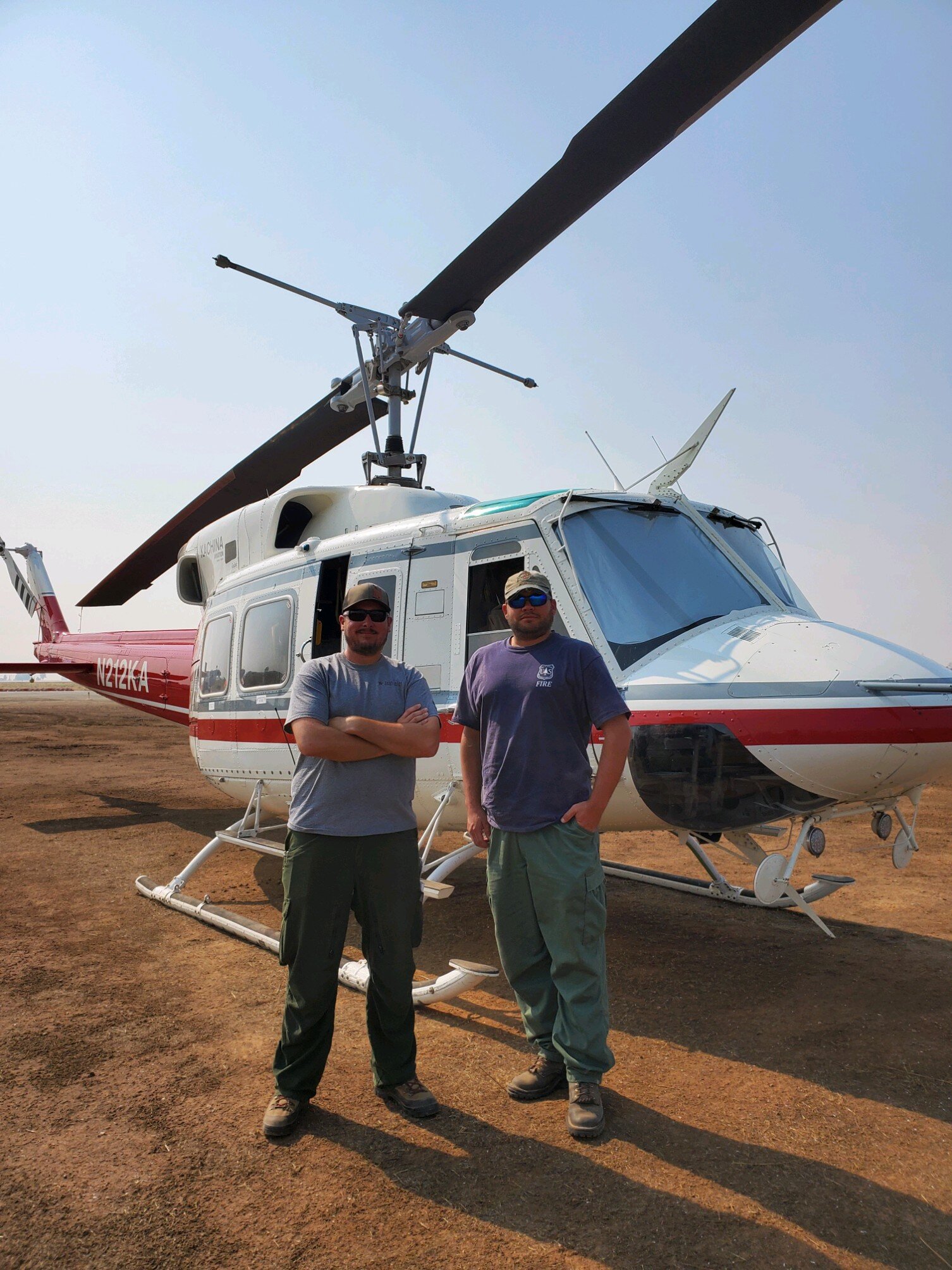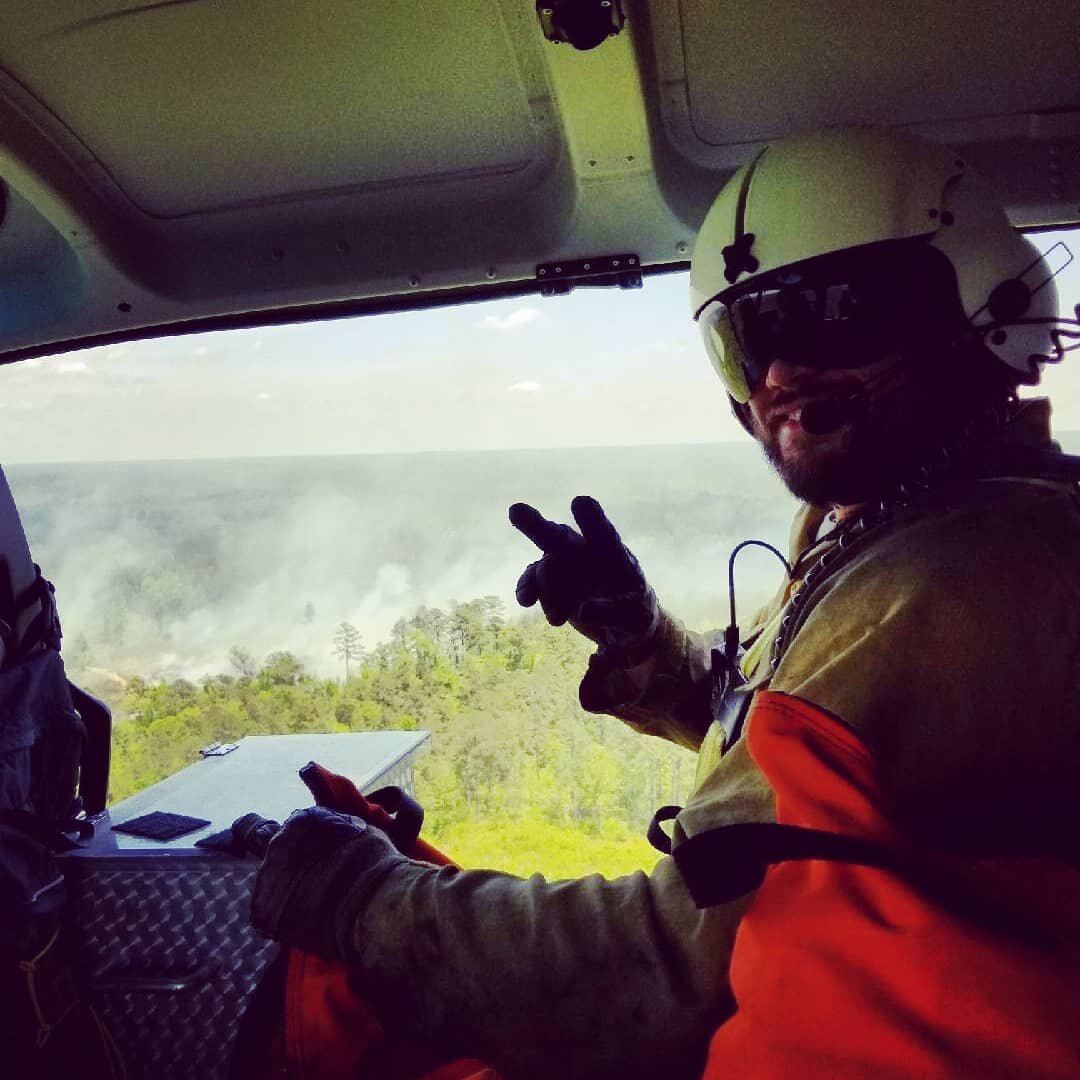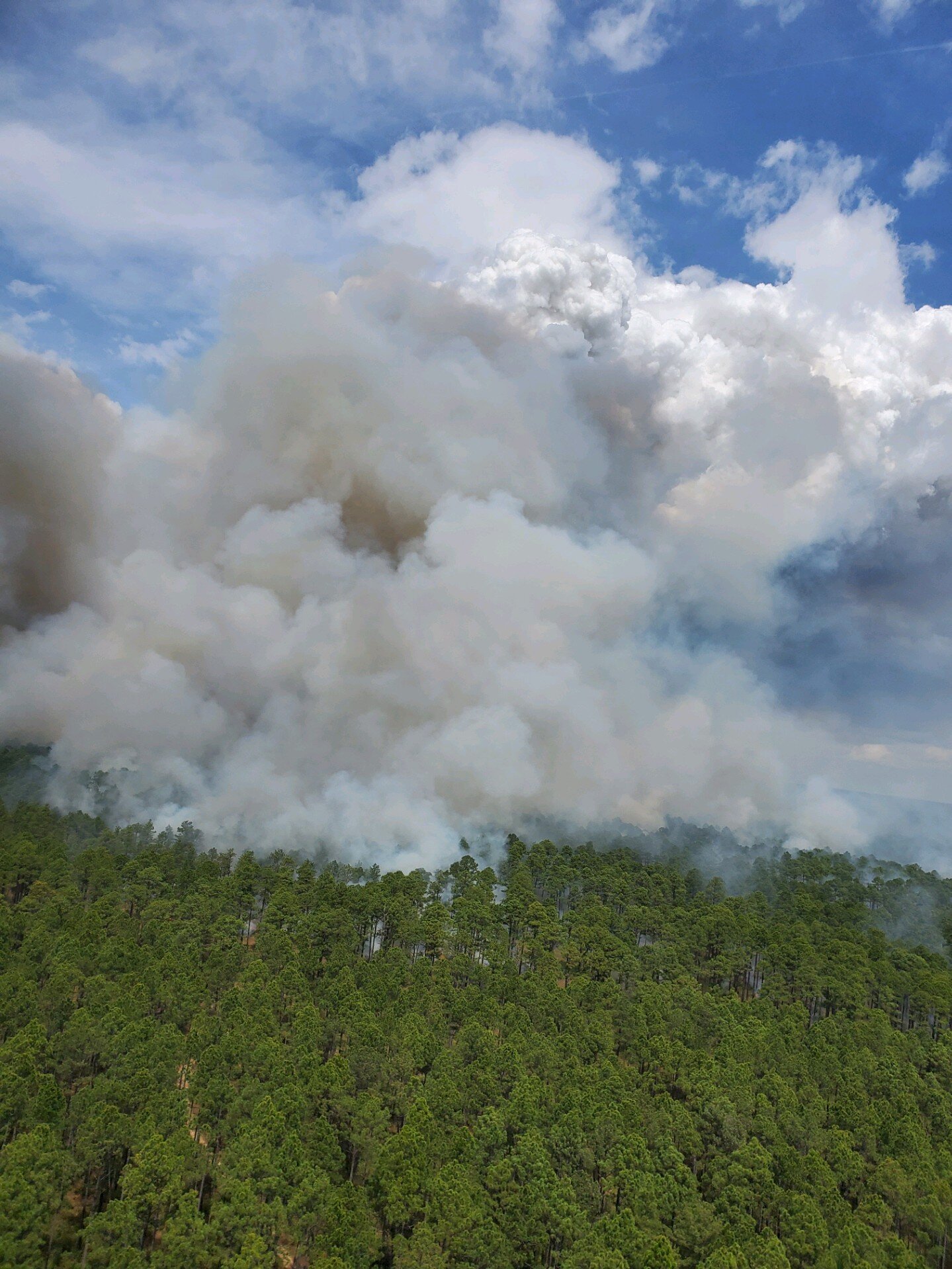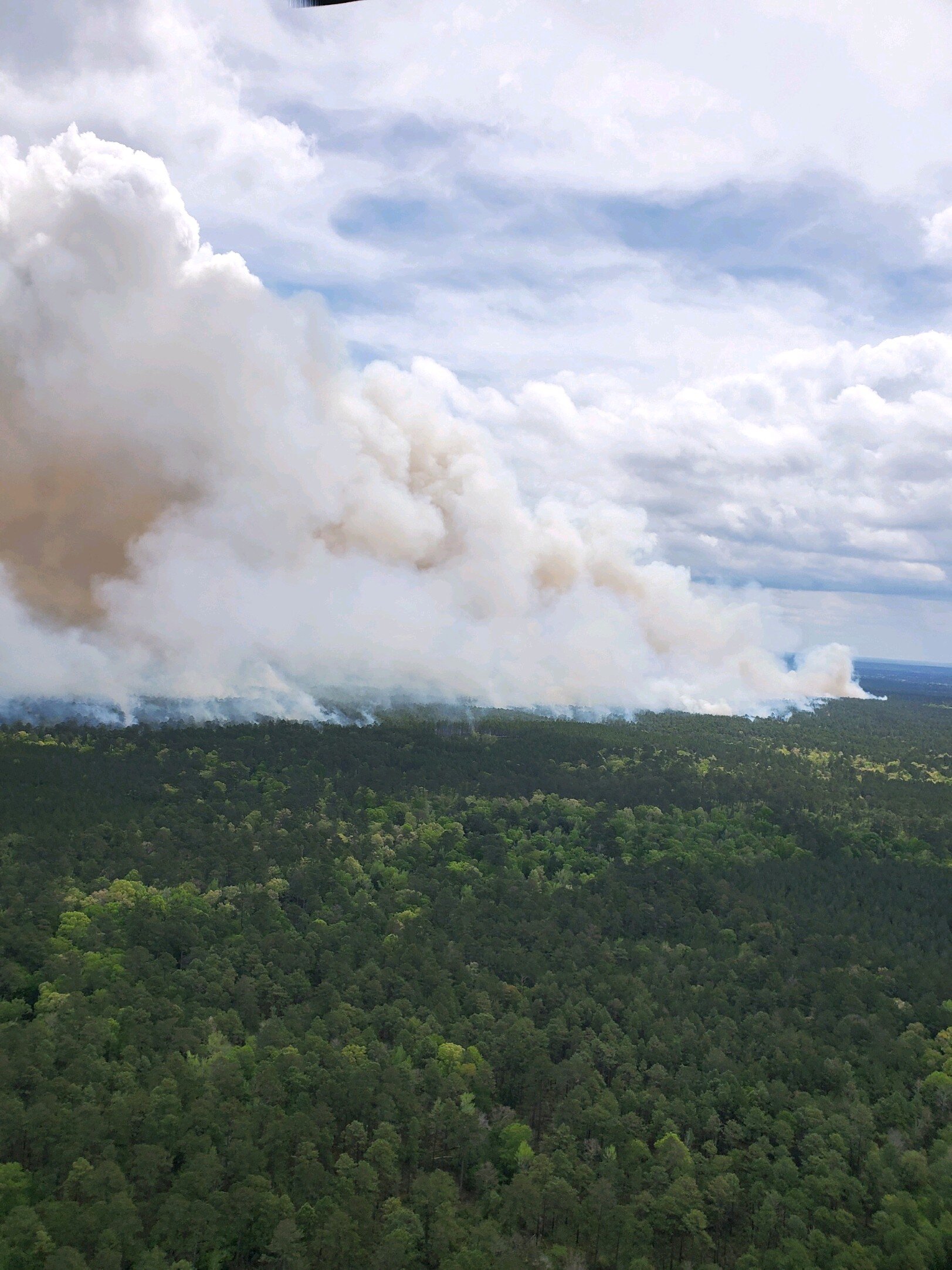By Jonathan Thomas
Jonathan is an AFM volunteer instructor and most recently participated in #afmvirtual2020; is works for the U.S Forest Service as a Wildlife Biologist
Wildfires do more than threaten our communities, destroy crops, and run-away wildlife, which might supplement some of our food, the fires help the ecology. Over the many years before we began to strive diligently to stop wildfires from burning up our resources and threatening our homes, fires burned of a large area of the landscaped uncheck by nothing but nature. These fires often during high periods of fire danger were not as destructive as we see in fires today. The reason fires then were so less destructive was due to the frequent burning that was happening, these fires continually burned up the hazard fuels allowing both fresh undergrowth to come back and be nurtured on the fresh ash. The fires then before we humans decided to stop the natural wildfires were often less destructive and lead to a healthier ecosystem. Well let us step into today and talk wildfires today. Today wildfires are extremely more destructive and growing into the megafires of the past, despite us, firefighters’ best efforts. The reason for this is due in no small part to hazard fuel build up across the landscape. I remember the old saying in the United States, “Keep em’ Small, and catch them in 24.” The saying often used around my agency was meant to keep a fire as small as possible and do our best to have contained the fire in 24 hours. This philosophy, although going out the door by the time I started, was what lead to our problems, but the agency decided to help solve this huge buildup of hazard fuels and to improve ecology by putting needed fire back on the ground.
Here is what presents it problem how to put fire on the ground to improve ecology. To address this issue the fire staff looks at the multiple factors on where and when to put fire on the ground. First is to find a place that needs hazard fuel reduction and some burning to help improve ecology, (Ask any farmer as they burn their fields to improve production) once an area is determined the fire staff generally starts building control lines same as a wildfire, except they work to exclude infrastructure and any ecological sensitive areas from the fire. After that the fire staff has to go out and watch the weather, do determine the best time to burn, when fuel conditions provide the best opportunity to maintain control over the fire while also allowing the fire to consume the fuel build up.
Then comes the impact from the prescribed fire to the local community and to the people working the fire. The community must be informed of what is happening and why, as seeing smoke start popping up can cause panic. Also the folks on the ground need both training and a understanding of the different aspects of everything happening that day, from ignition patterns, weather information, safety zones, pressure lines, holding forces, and who and where everyone is along with their role on the fire.
Successful prescribed fires bring good fire back on the landscape by reducing fuel buildup all while improving the ecology of an area. Studies and experience have shown that good fires slow or stop the bad fires that we are all used to trying to stop. Good fire also renews the ecosystem and allows for it’s dead and down to be returned to the soil to promote fresh new vegetation that improves the ecosystem. Good fire is something we must look into not only to help the ecosystem dependent on natural fires to return nutrients to the soil and clear away old build up but also to reduce hazard fuels making firefighters and communities safer.



